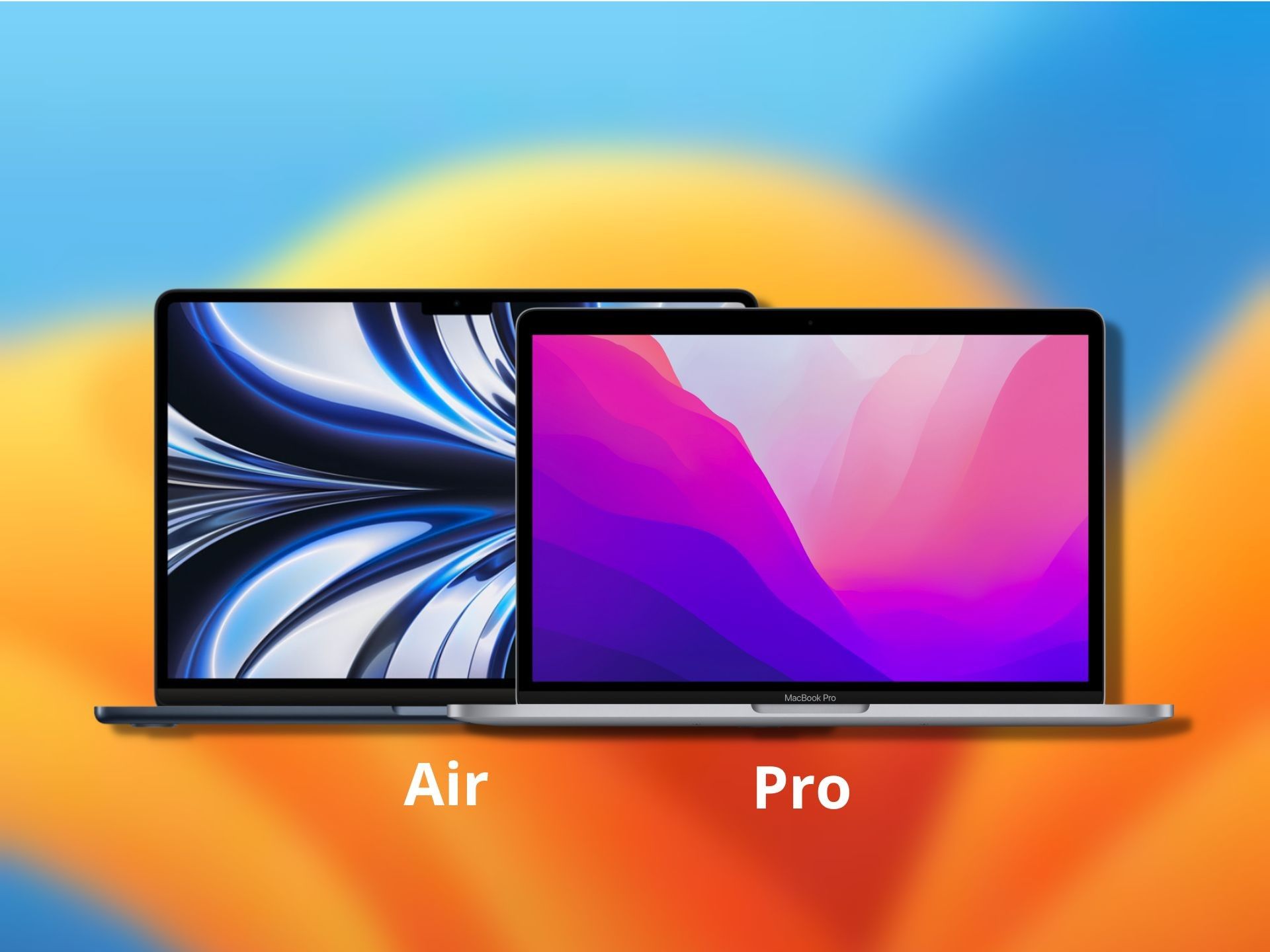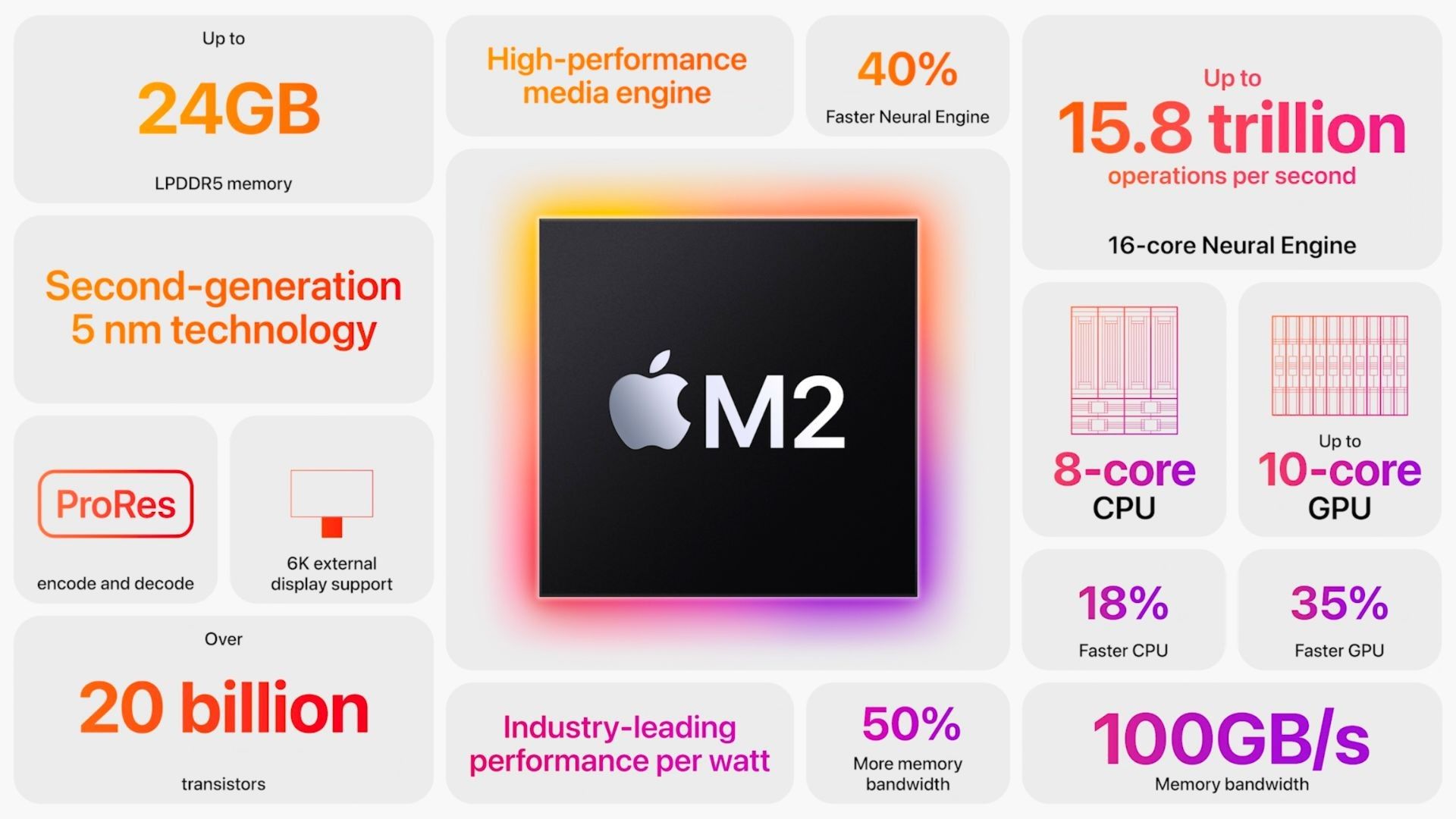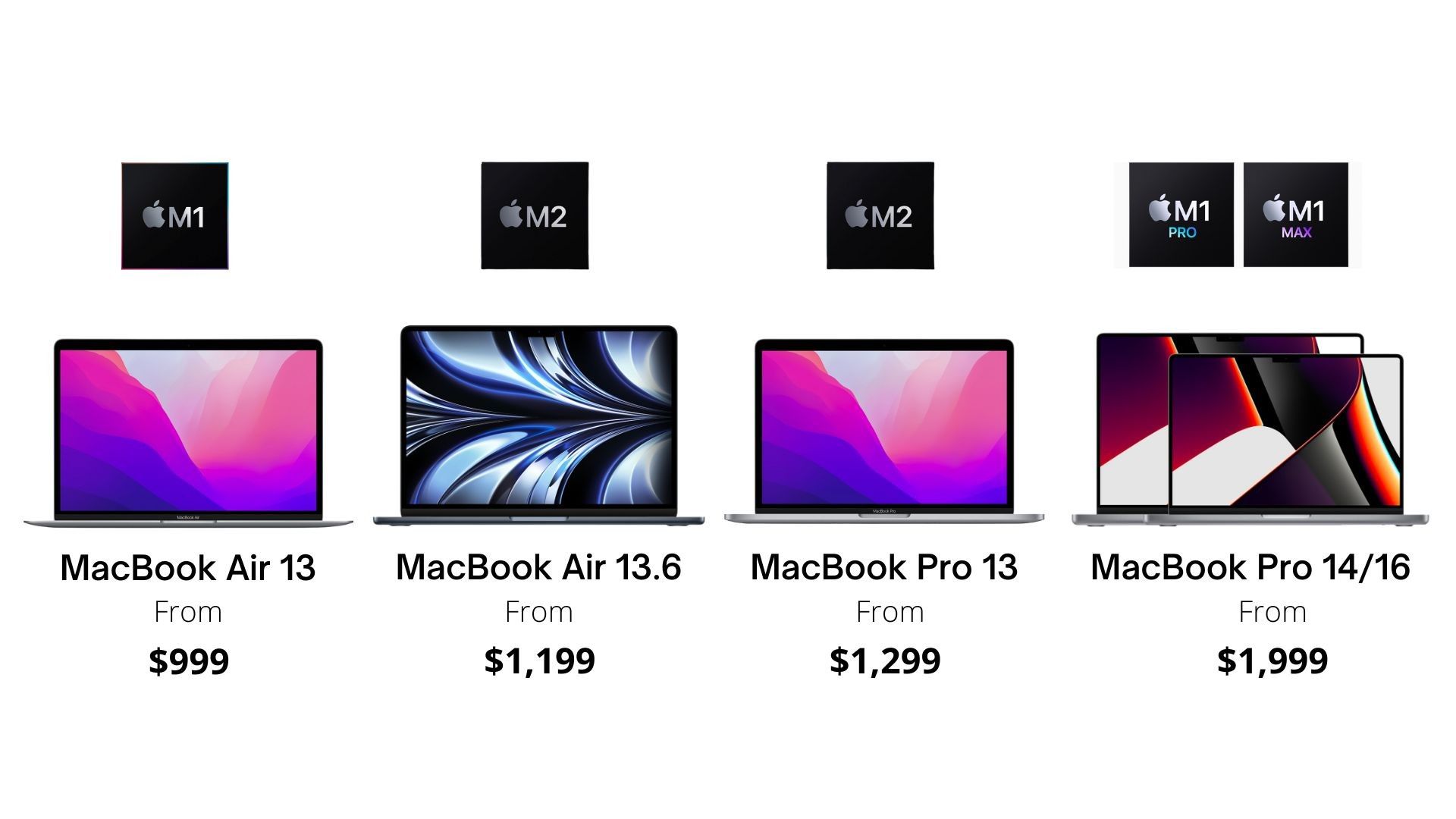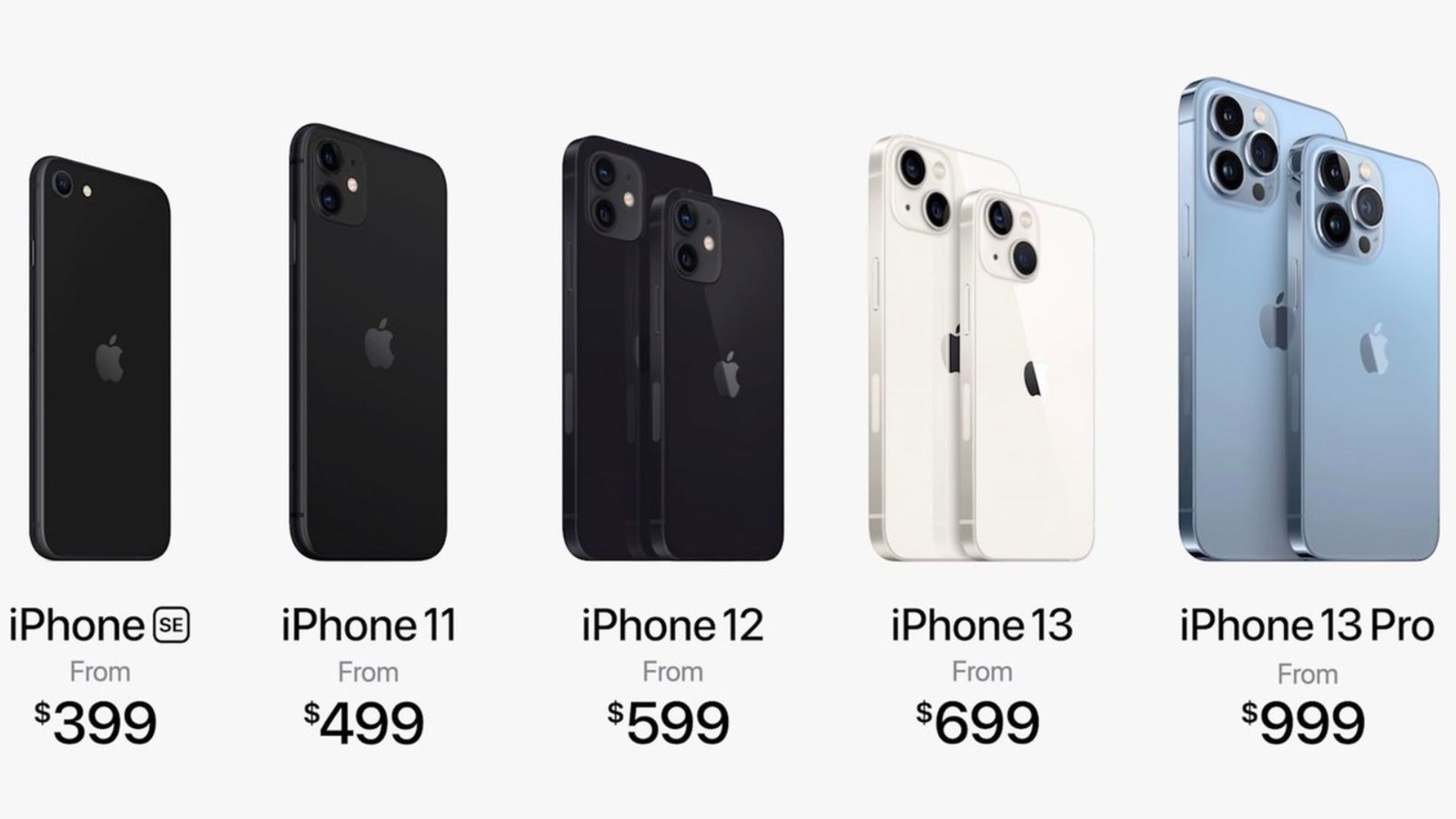Apple unveiled a lot of new software at the WWDC announcement yesterday, including iOS 16, iPadOS 16, watchOS 9, macOS Ventura and so much more. WWDC is strictly a software event focusing on new features and developers, but this time around, Apple also revealed two pieces of hardware – the new M2-powered MacBook Air and 13-inch MacBook Pro laptops.
Before we talk about the new MacBooks, let’s take a look at the specifications of the new M2 chip. As always, Apple was vague about its charts and performance improvements, but given how mind-blowingly fast the M1 chip is, we’ll have to take its word for it until we can get our hands on the M2-powered devices.
Source: Apple
The new Apple M2 chip is the second generation of Apple silicon to power future Mac products. It’s built on the 5nm technology, and it has an 18% faster CPU, 35% faster GPU, and 40% faster Neural Engine. It has 50% more memory bandwidth, up to 24GB of unified memory. It looks like a marginal improvement, but we welcome any updates we can get out of such compact and lightweight devices. The M1-powered MacBooks were already capable of much more than any other competing devices, and the M2 boosts that performance even further.
Apple is the marketing champion
The MacBook Air with the new redesign starts at $1,199, and the same old MacBook Pro 13-inch with the M2 chip starts at $1,299. The new MacBook Air with the M2 chip costs $199 more than the previous generation with the M1 chip, which remains available for $999. It’s interesting to see Apple keep the previous generation, but it makes a lot of sense if you think about it.
It doesn’t matter if you love or hate Apple, you must admit that they’re doing something right. It’s a profitable business, and they’re the best at making people want to upgrade and spend more money, even if they had no intention of shelling out more. Apple is the king of marketing, and it has a good reason for not upgrading the MacBook Pro 13-inch M2 model with a new design.
The dilemma
Source: Pocketnow
If Apple redesigned the 13-inch MacBook Pro, it would’ve encouraged more people to buy it over the refreshed MacBook Air. Users who change one or two configurations will be spending more money; hence they’ll be encouraged to consider the MacBook Pro 13 (2022). As a result of the dilemma, many will decide that it’s not worth upgrading the internals, and they might skip it and go deep into their pockets to pick up the more powerful 14-inch MacBook Pro.
Source: Apple
This isn’t the first time Apple is using this strategy, and we can see the same thing happening with the iPhone lineup. Even if you’re on the budget and wanted to buy the iPhone 11 initially, you’ll likely want to spend the extra $100 on the iPhone 12 to get a better display and flashy design. The same can be said with the AirPods, which convinces you to spend extra for the new AirPods Pro, since the price difference between the AirPods 3 and the Pro are fairly minimal.
It’s clear that Apple is doing this strategy to make people buy the more appealing product, which often costs more, and it’s a tactic that appears to be working. The prices change a lot when you make configuration changes to the default MacBooks, and you can quickly pay $200 and $600 more for a device you want, but do not necessarily need.
Differentiating devices between the $999 and the $1,999 segment is crucial for Apple to increase its profits and market share. Those with lower requirements and needs will likely stay between the $999 and $1,399 segment, while those who need more power will jump to the 14-inch and 16-inch MacBook Pro machines. Apple wants people to have a dilemma and spend the extra money, resulting in a newer-looking laptop.
-
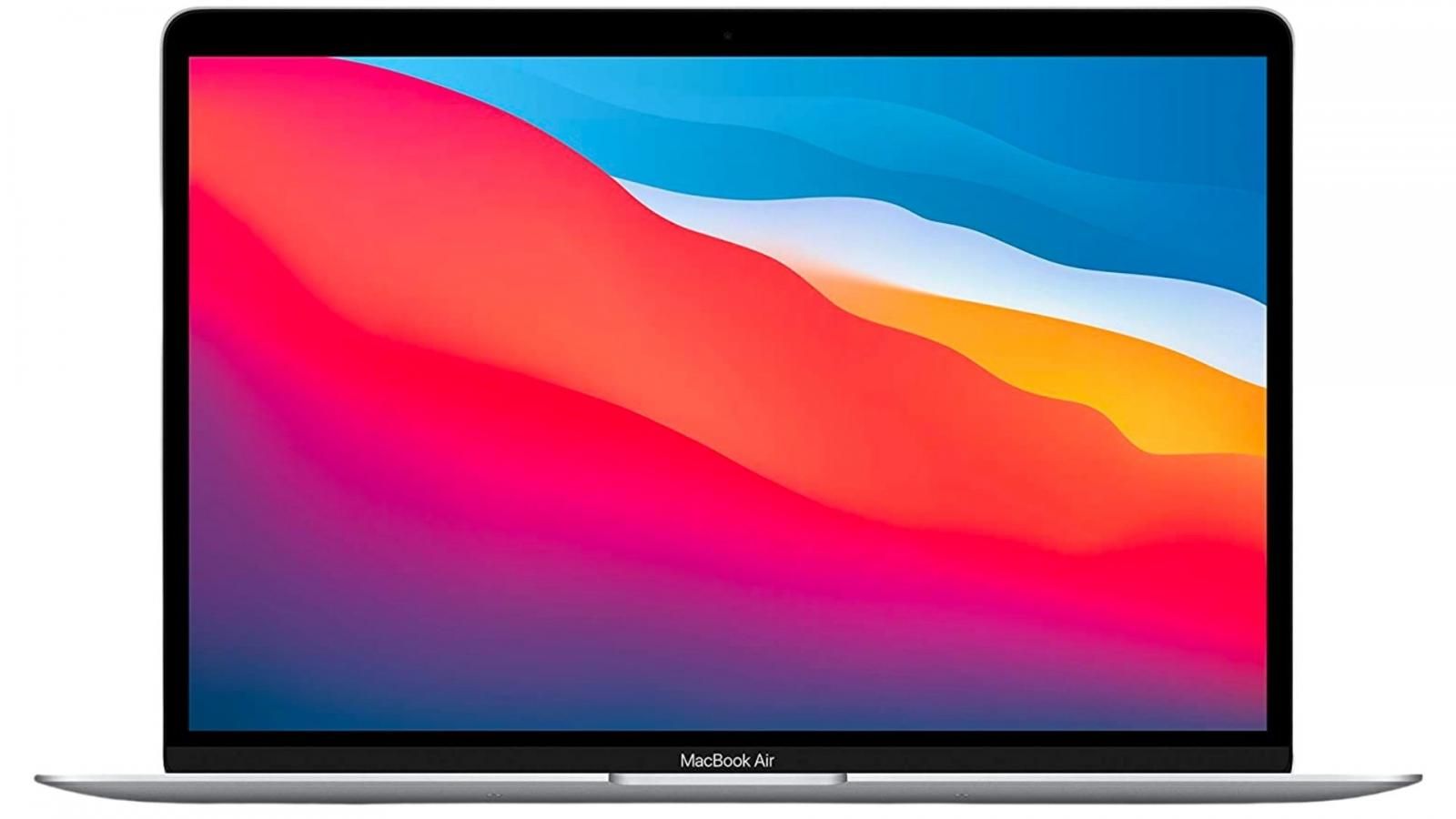
13-inch Apple MacBook Air
The M1 MacBook Pro and MacBook Air are some of the most affordable Apple laptops which are excellent for light tasks, and they can even handle some heavy editing and tools when required.
-
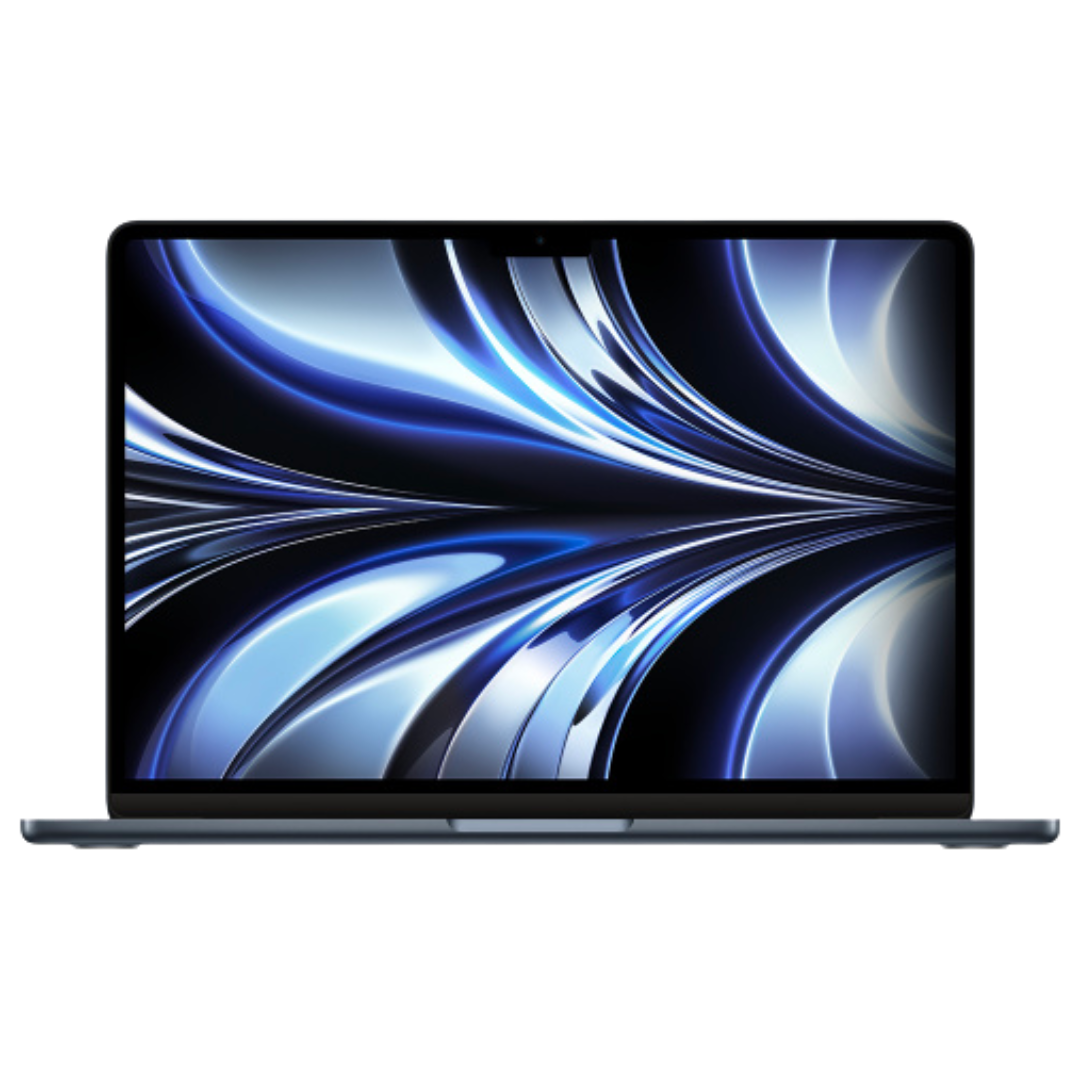
13.6-inch Apple MacBook Air
The latest MacBook Air is powered by the M2 Apple Silicon, offering even better performance than the M1 series of chips. It has an excellent battery life, and all the performance you need for multitasking, editing, and working on-the-go.
-
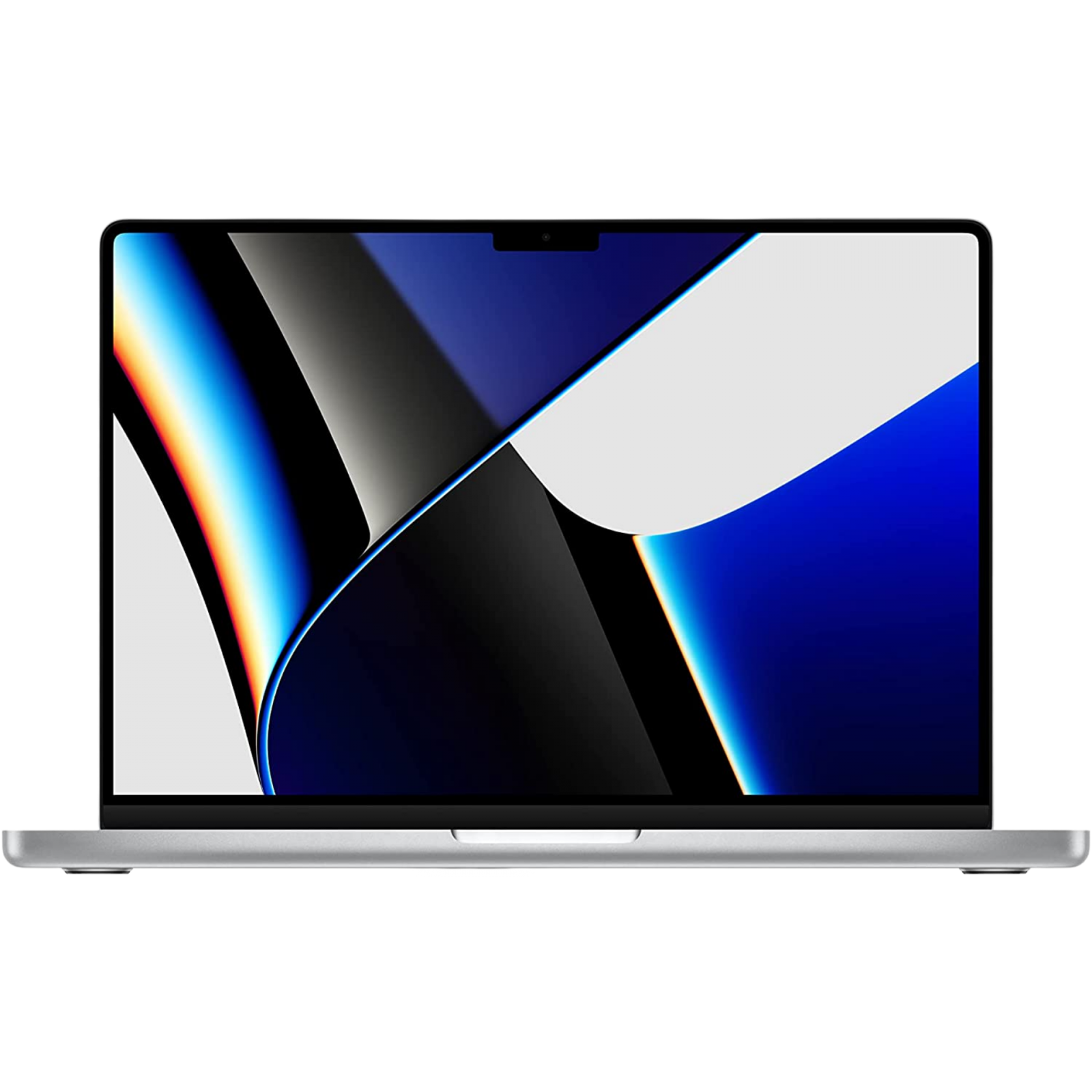
Apple MacBook Pro 14-inch (2021)
$1364 $1999 Save $635It's one of the most compact and powerful devices on the market that lets you edit photo, video, and audio. If you're looking for a portable laptop with all the power you need while on-the-go, this is one of the best options.

